Building the cities of tomorrow with emerging building materials creates structures that are resilient, sustainable, and environmentally friendly. Our dynamic world is constantly evolving, and so are the traditional and modern materials used to build it. Learning from the past, we simply relied on stone, wood, and concrete that shaped our streets and formed structured skylines.
However, today we face immense climatic issues, urban growth, and inconsiderate strategies of building that damage the environment, resulting in a paradigm shift to a new era of innovation that is smart, adaptive, and grows with us. In this research blog, let’s explore a range of emerging Building Materials for 2025 that are strong, durable, and ingenious, helping to craft modern structures.

Emerging Building Materials for 2025
Imagine bricks made from recycled plastic, concrete that heals its cracks, and buildings that generate their electricity through solar-infused glass. Scientists and engineers are turning to nature for inspiration – developing materials that mimic spider silk, mushrooms, and even bamboo to create structures that are lighter, stronger, and more environmentally friendly.
Advanced technology, traditional wisdom, and cutting-edge techniques have revolutionised construction with local materials, with less waste and lower costs. This new era of innovative and advanced construction blends modern techniques and reshapes our mindset to create conscious design with a smaller carbon footprint and creative building materials that sustain our planet.
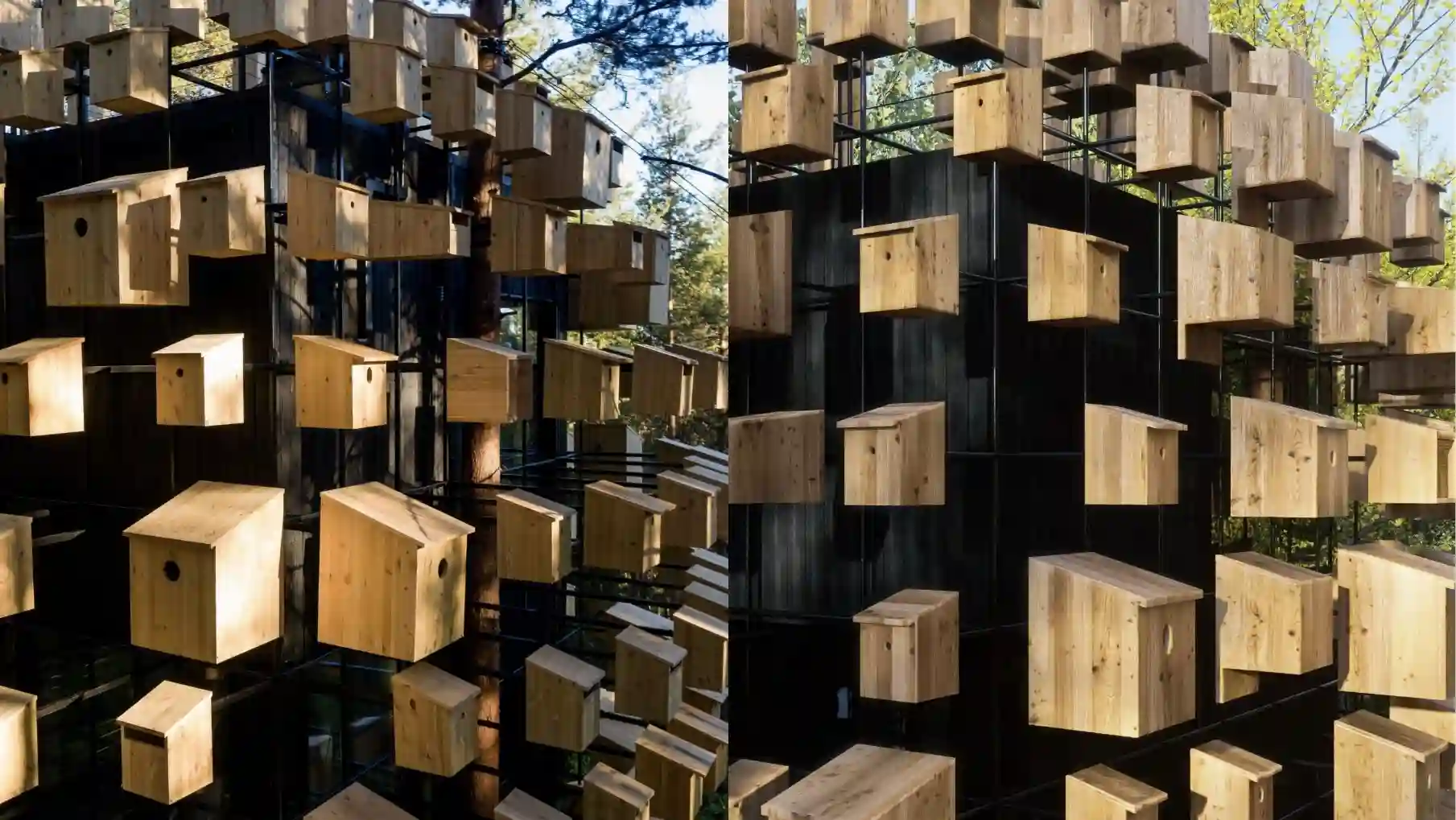
List of Innovative Building Materials for 2025
1. Hempcrete
A powerful building material gaining profound awareness in green construction is a mixture of hemp hurds, lime, and water. A lightweight textured material with efficient insulating properties, and the best part is that it can sequester carbon dioxide. Hempcrete absorbs more CO₂ during production and curing, unlike traditional concrete. It is widely used as a non-load-bearing material with high insulating properties. Following the building codes and regional policies, builders are employing hempcrete for sustainable residential and low-rise commercial construction.
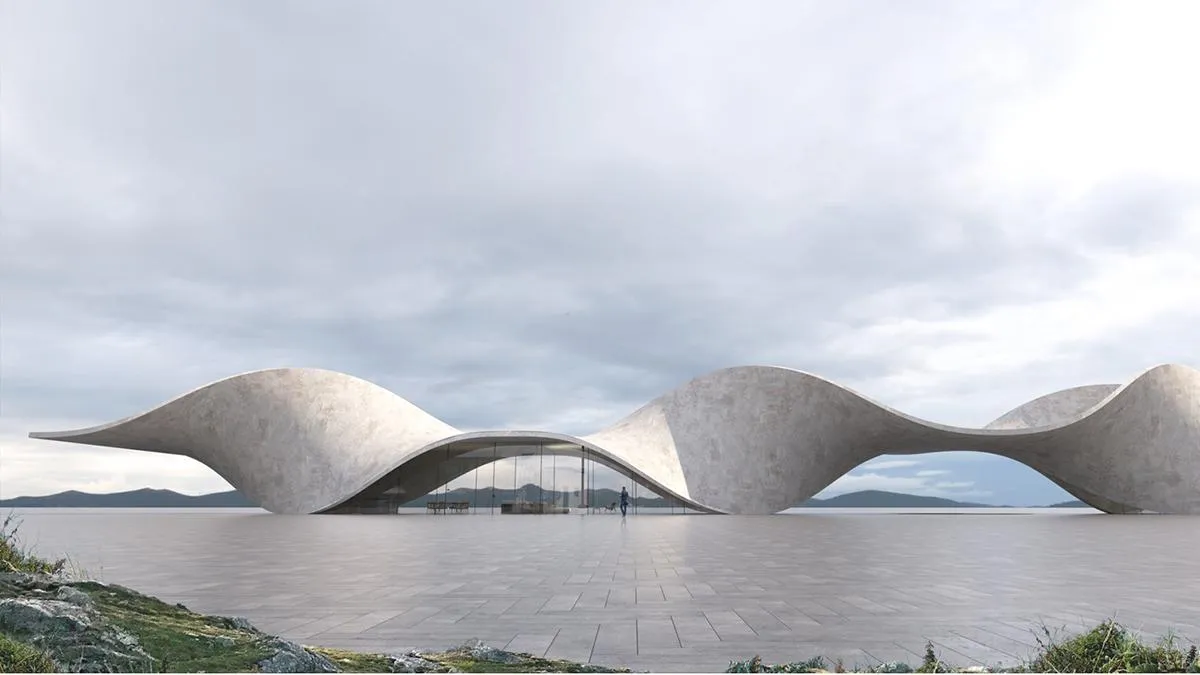
2. Mycelium-Based Composites
Mycelium is an innovative material that is fire-resistant, compostable, and grown with minimal energy from fungi. Mycelium, the roof structure of the mushroom, provides a strong and insulating surface, which is entirely biodegradable. Researchers are pushing the boundaries of regenerative design and exploring its potential applications in interior design, like wall panelling, acoustic tiles, and structural elements.
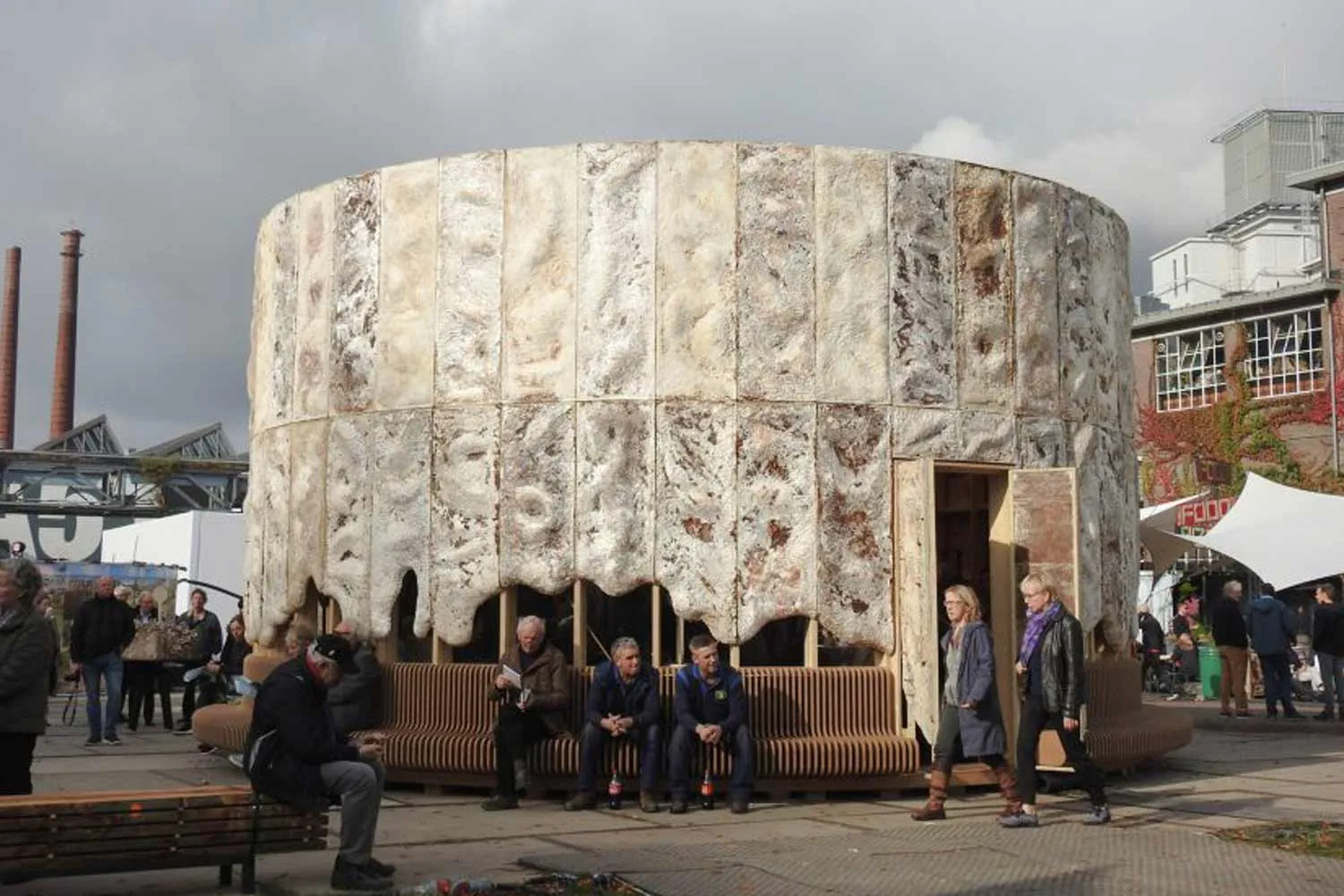
3. Self-Healing Concrete
This groundbreaking material for ageing infrastructure is in demand as it improves longevity without increasing costs. Self-Healing Concrete contains bacteria or certain agents that release limestone when cracks form, and it reacts with air or water to seal cracks. Its innovative capability reduces maintenance needs, extends the life of structures, and cuts emissions, with some variants potentially lasting up to 200 years.
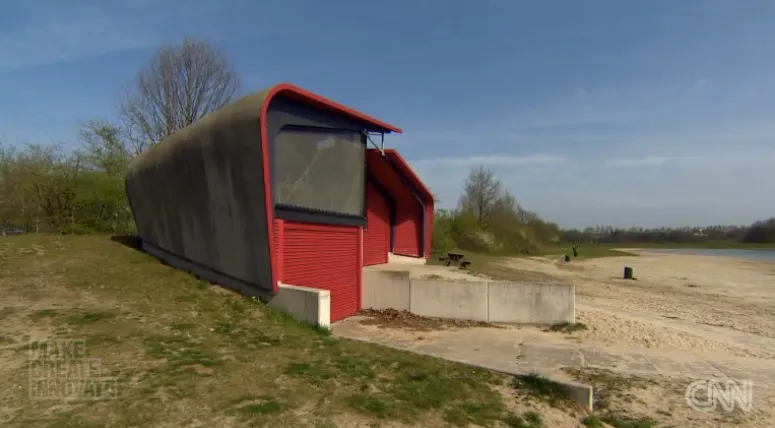
4. Transparent Wood
Creators and researchers are developing wood that is transparent by removing lignin and replacing it with a transparent polymer that presents the aesthetic warmth of wood and transparency of glass, redefining the language of architectural openings. It is a strong, shatter-resistant material that lets light through while insulating better than glass, creating a luxurious look and contemporary aesthetics.
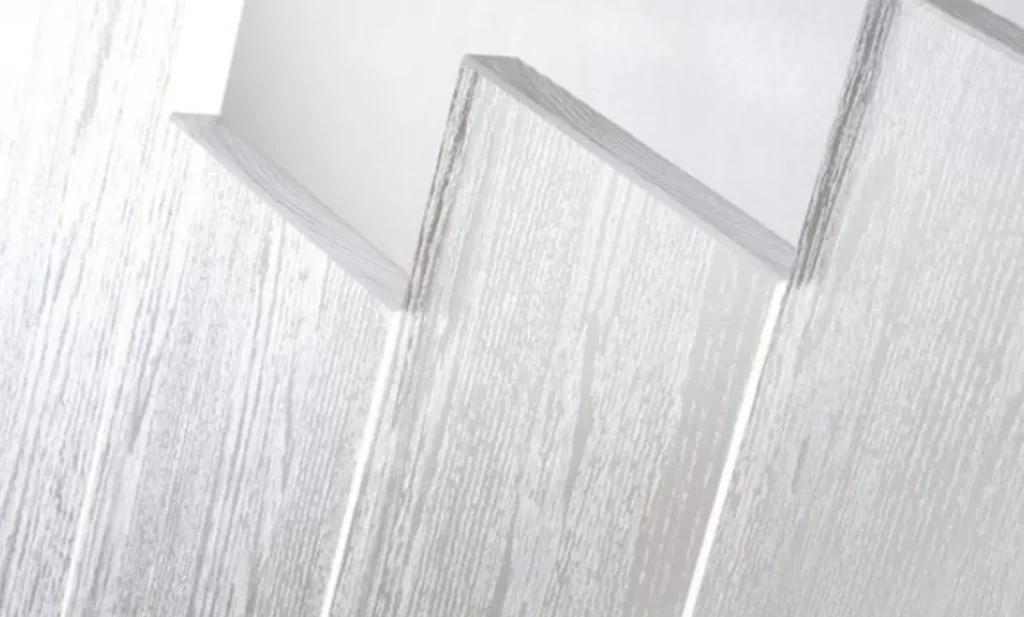

5. Recycled Plastic Bricks
An increase in plastic waste has resulted in a creative use of waste that is recycled to create bricks or panels, which are durable, water-resistant, and help divert tons of plastic waste from landfills. Builders are increasingly using them in low-income housing and affordable projects to offer energy-efficient solutions. They are often interlocked, making them easy to assemble for various applications, including walls and disaster relief shelters.
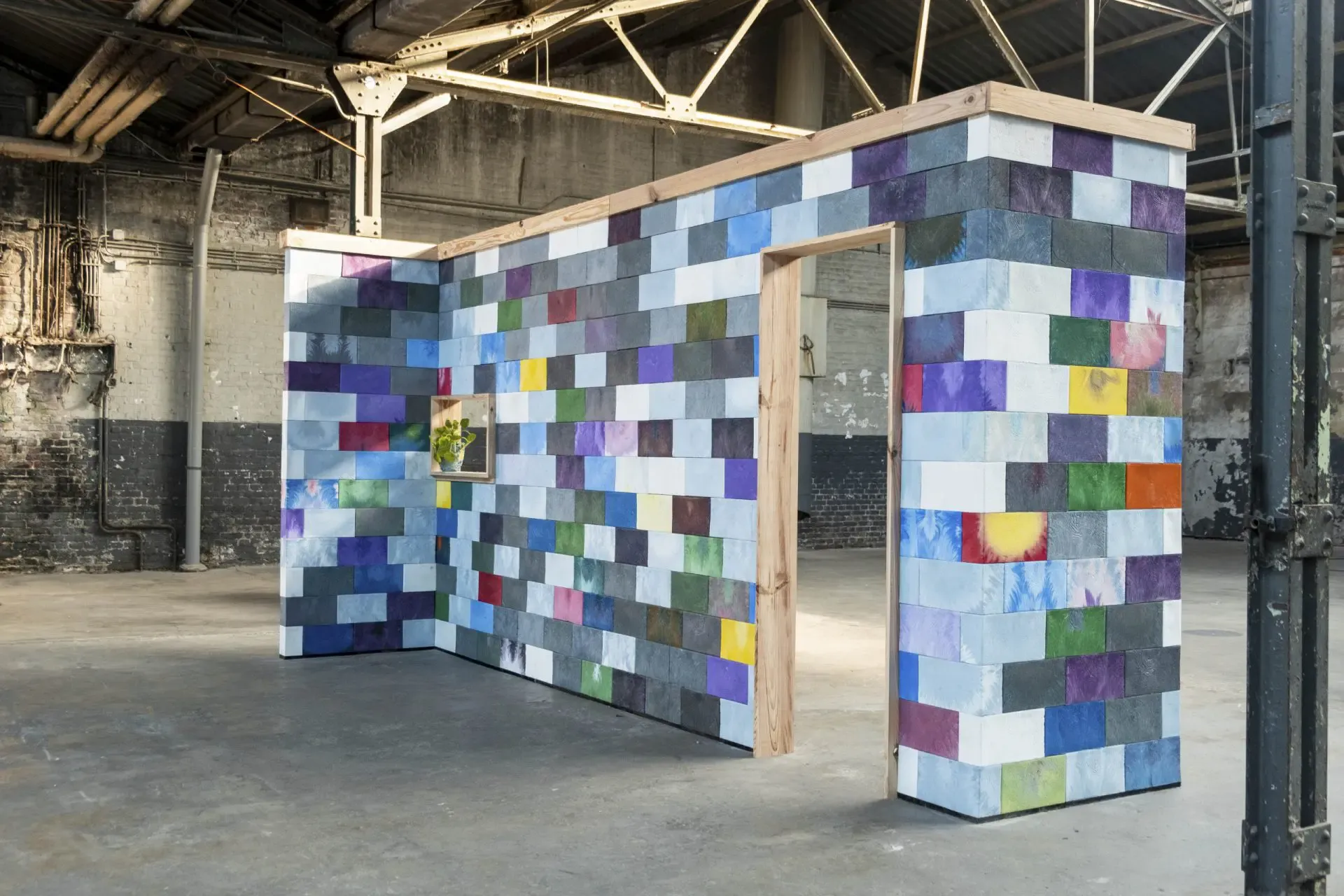
5. Bio-luminescent wood-inspired materials
Experimenting with bioluminescence, the scientists are changing the creative narrative of design. They are inserting genes from glow-producing organisms, such as jellyfish or mushrooms, into plants and microbes to create glowing surfaces. It can be used in decorative facades, lighting fixtures, or panelling, contributing to aesthetics, sustainability, and innovation.

6. Wire Mesh Glass
A wired or safety glass is a standard material with modern sensibilities that can be used as a strong safety material. Wire mesh glass has a metal wire grid embedded within it during manufacturing, usually laminated for more strength. It can be used for industrial or retro modern look, aesthetic purposes, safety and textured surface in interiors, partitions, doors, stairwells, balustrades, and roof panels with custom mesh patterns to meet high-end bespoke interior design demands.

7. Hot-melted natural stone
For a sustainable, durable, and visually appealing solution, hot-melted natural stone becomes an emerging innovative material. It is a natural stone that has been melted and reformed through the industrial process to form a new high-performance natural stone that echoes the earth’s raw power and is functional with dramatic visuals. With Heat-resistant and durable properties, it is naturally antibacterial with low maintenance.

8. 3D-Printed elements
3D printing alters the traditional way of constructing, reducing environmental waste, labour cost, and customized design solutions. This advanced technology allows designers to think out of the box, builders to fabricate architectural elements or entire structures using concrete, clay, or polymer mixes that offer precision and scalability for affordable housing. Rapid production with the help of robotic arms and pre-fabricated materials with minimal waste creates custom architectural elements and modular housing units. To learn more about innovative techniques and 3D Printing, visit PAACADEMY.
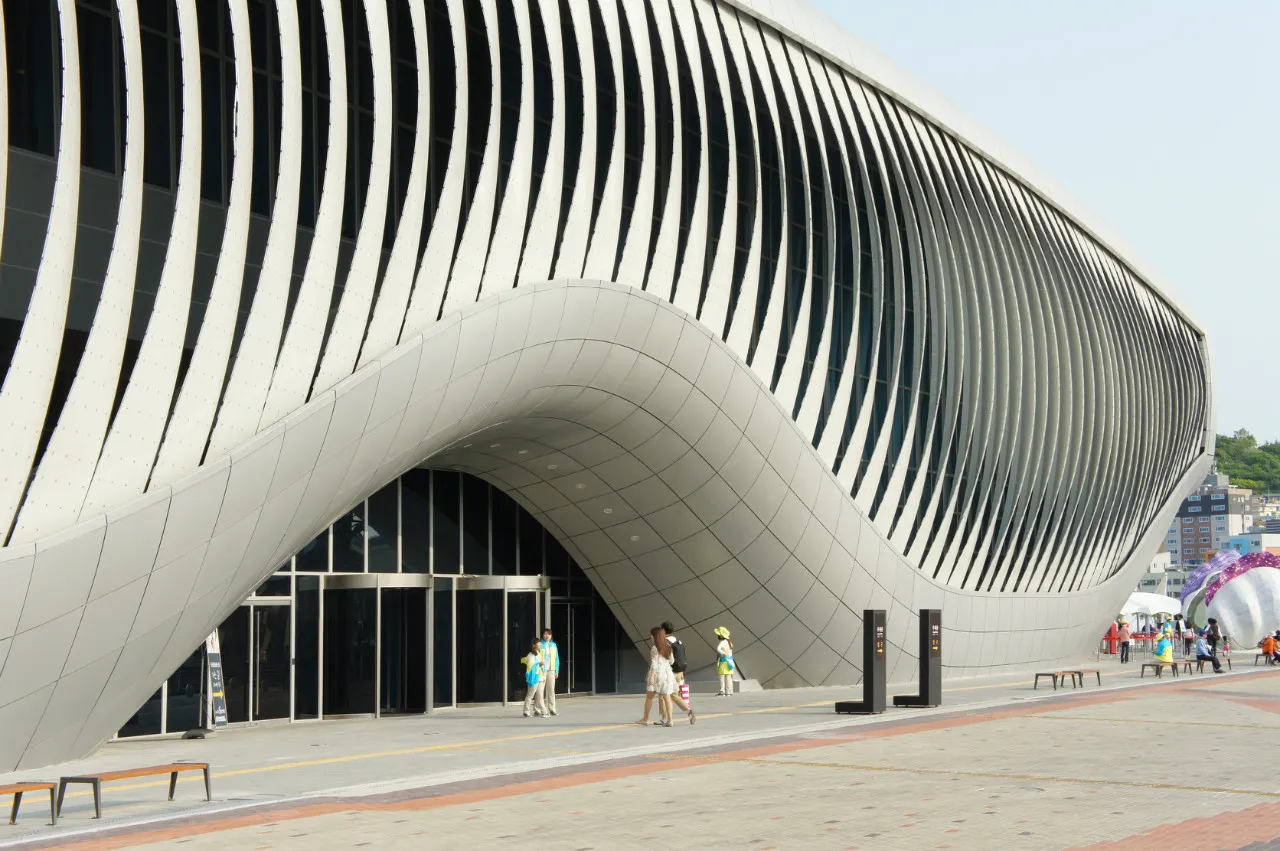
10. Ferrock
An eco-friendly building material and an alternative to traditional concrete, Ferrock absorbs carbon dioxide from the atmosphere during its curing process, making it carbon-negative, more flexible, and highly durable against corrosion, chemicals, and even saltwater. Ferrock represents a significant advancement towards more sustainable construction.

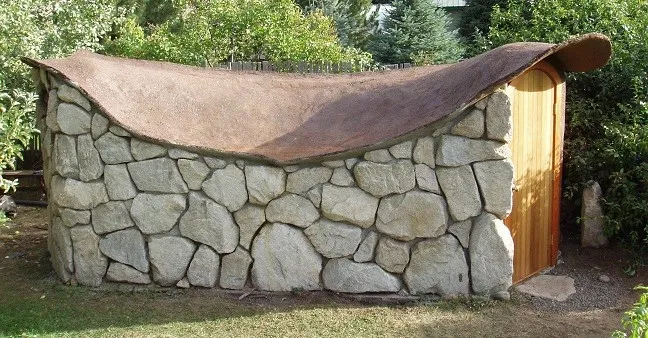
Next-Gen Materials for Better Buildings

As we push the boundaries of creativity and innovation, building materials are evolving, blending science, sustainability, and functionality. From carbon-negative hempcrete to bioluminescent wood concepts, from reimagined wire mesh glass to hot-melted natural stone, each innovation represents a step toward a smarter, more responsible built environment.
These building materials are profound answers to our urban issues that allow architects, builders, and designers to create spaces that are not only functional and beautiful but also forward-thinking and environmentally grounded. Connecting nature with structure changes tomorrow’s building skyline with intention, innovation, and a greener response to its surrounding context.


































Leave a comment